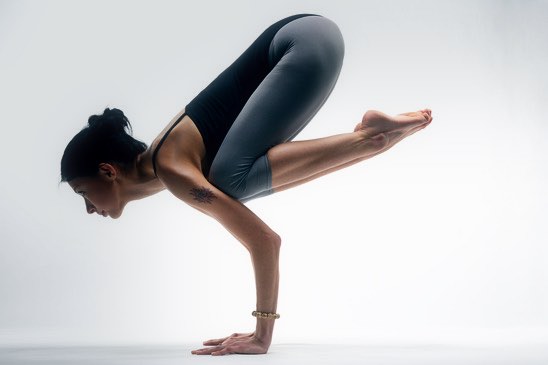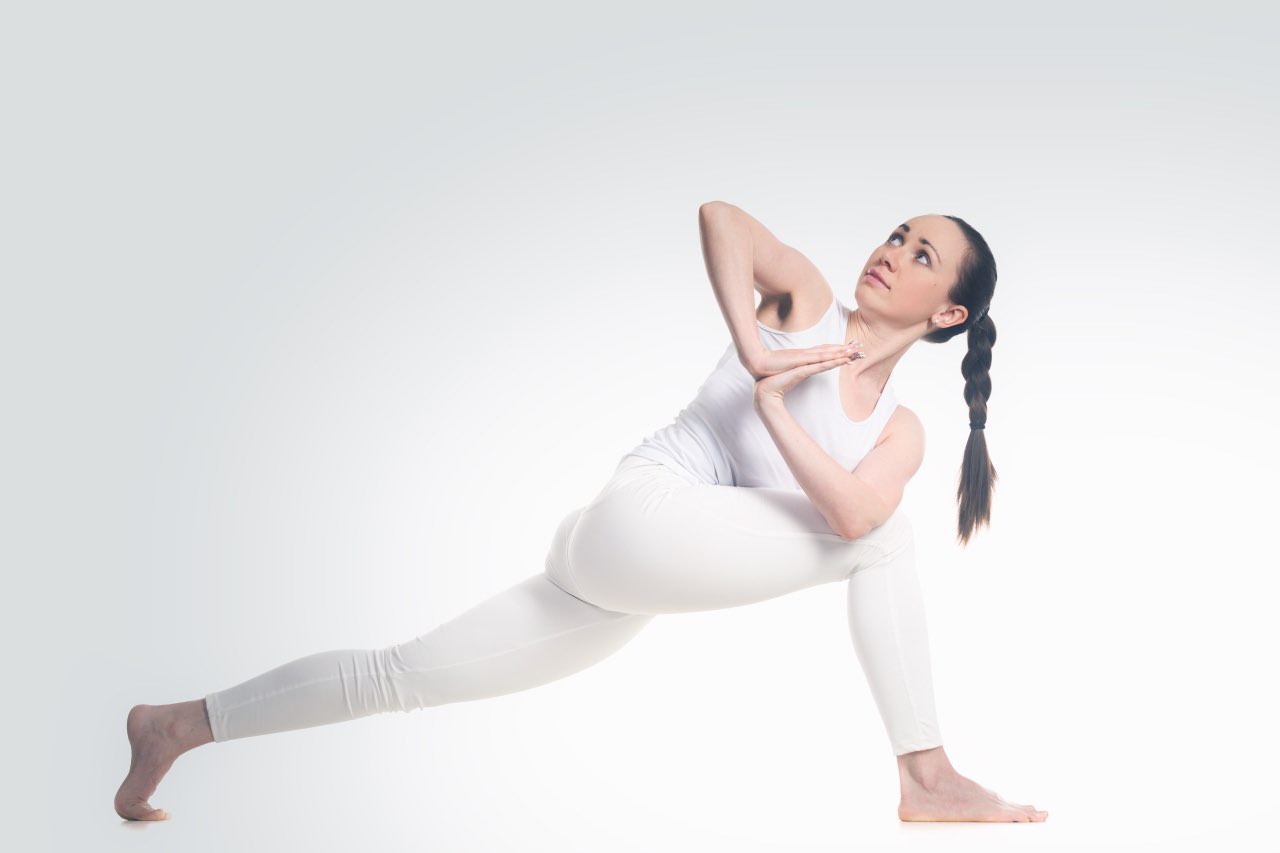With poses dating back to the Taoist yoga tradition of China and India’s Hatha yoga tradition, Yin Yoga is a decades-old practice. It was however made more popular especially in Europe and North America in the late 70s by Paulie Zink. At first Zink was a martial art professional but soon he diverted and started teaching yoga practices incorporated from Daoist yoga, Hatha yoga and his own insights and movements. This is what later came to be known as Yin Yoga.
What is Yin Yoga?
Yin Yoga is a passive form of yoga that emphasizes on the practice of long-held postures (asanas). The postures found in this yoga variation can be held for as long as 5 minutes and up to 20 minutes in highly experienced individuals. The physical focus of Yin Yoga is to apply moderate stress on the body’s connective tissues which include the fascia, ligaments, and tendons. This stress helps to boost the blood circulation in the body and also increase flexibility.

Body muscles account for 40 percent of flexibility resistance while ligaments account for 50 percent of flexibility resistance. The benefits of Yin Yoga as concerns flexibility are therefore very obvious. Yin Yoga has also been credited with the better flow of qi or the subtle energy in Chinese medicine that is said to flow through certain pathways in the body providing general physical and emotional wellbeing.
Features of Yin Yoga
Yin Yoga differs from other forms of yoga in a number of ways. The first is in its nature. While most forms of yoga are active, Yin Yoga is passive or quiet and immobile. It emphasizes on immobility and stillness. So whereas one would hold a pose for a few seconds in the usual yoga, Yin Yoga postures can be held for as long as 5 minutes.
Beginners are often taught a basic form of Yin Yoga which transfers them from active to passive. In the beginning, it is recommended that one hold a posture for 1 to 3 minutes and increase this time period with experience.

Emotionally, Yin Yoga forces its participants to come face to face with their raw emotions. At first, it may be uncomfortable but with time, one is able to dig deep within and find a place of quietness and peace. It can provide enormous relief from stress and depression.
Tenets of Yin Yoga
Yin Yoga is driven by four main principles namely;
1. Find the right edge
The participant should start by finding the perfect posture by moving gently into it. The intensity of the pose should never be too much as to cause any pain.
2. Stillness
This is a big part of Yin Yoga. Once a good posture has been found it should be held still without any shift in position.
3. Hold the position
For beginners, a position should be held for around 1 to 3 minutes while advanced participants can do it for more than five minutes.
4. Release carefully
At the end of the chosen time period, release your posture carefully.
Benefits of Yin Yoga
Practitioners of Yin Yoga enjoy both physiological and emotional benefits of Yin Yoga. They include;
- Increased flexibility. This is especially beneficial for dancers and gymnasts
- Improved blood circulation.
- Improvement of joint function and movement.
- Better hip mobility.
- Increased body stamina since one has to sit still in an uncomfortable position for a long period of time.
- Relieve anxiety and stress.
- Brings calm to the mind and relaxes the body.
Additional tips and suggestions
As mentioned earlier, Yin Yang is passive meaning that it does not involve a lot of movement. This means that the body does not generate as much heat as it would do in most yoga forms. You might want to increase the room temperature above normal if you are doing it at home.
Finally, as you hold your positions in Yin Yoga, remember that the main purpose is to go deeper within yourself to dissect and deal with your emotions. Physically, it even improves your immune system as well as body mobility. So even if you find it challenging in the beginning, do not give up. Push on and soon you will find it to be your greatest source of strength and comfort.